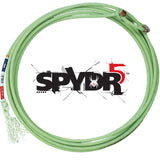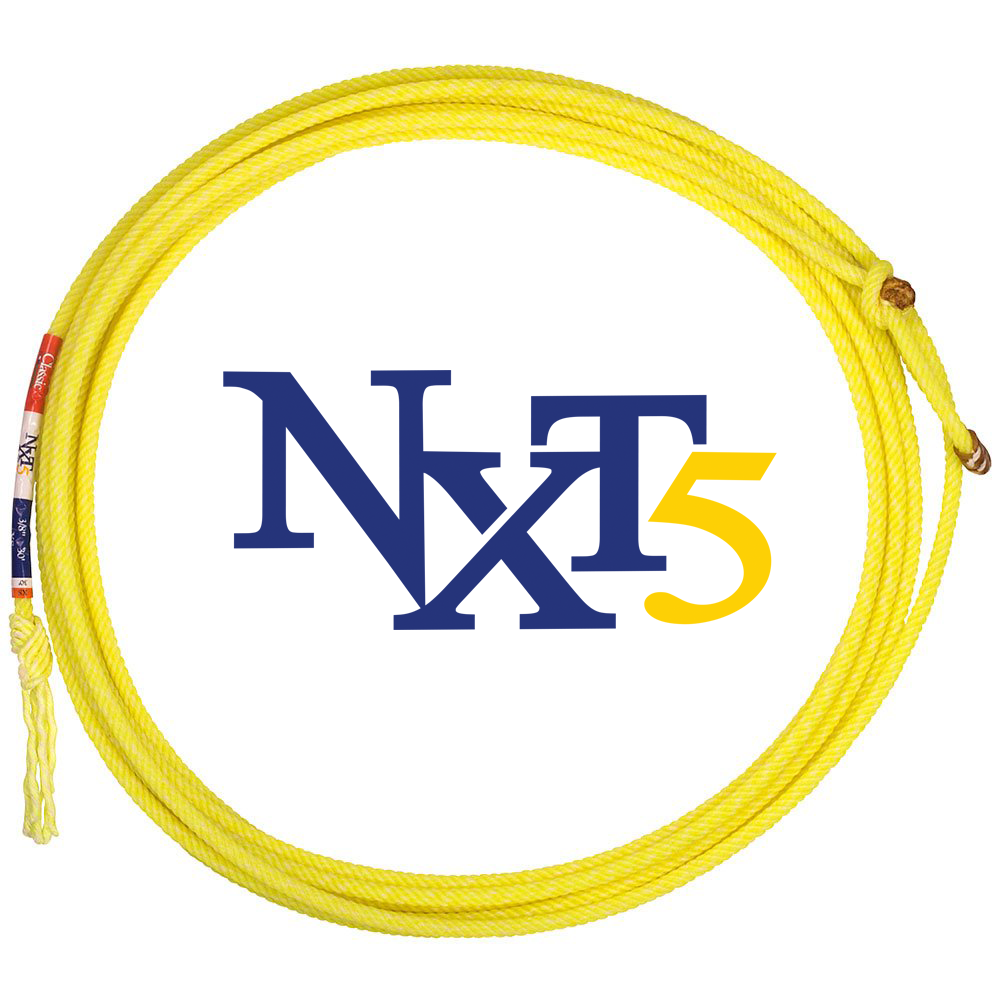
The Difference Between 3-Strand, 4-Strand, and 5-Strand Team Ropes
The team rope has come a long way from the days when a roper would buy a spool of string, cut off a portion of rope to their desired length, stretch, and treat it on their own, essentially making their own ropes. Early rope manufacturing companies like Cottar Rope Company laid the foundation for a market of premade ropes that were ready to use. In 1986, Classic Ropes was founded and began its journey of innovation that included the first poly-blend rope, the first 4 and 5-strand ropes, and the development of the core. Coming along in 1991, Cactus Ropes has also been one of the leaders in rope manufacturing technology with their own ideas and practices. Other rope companies have emerged throughout the years with different blends and twists, but the one thing most of them do is offer a 3-strand and 4-strand rope, with a couple of brands even offering a 5-strand rope. With each style, there are some constants, and we will give a brief history of and break down of the differences between 3-strand, 4-strand, and 5-strand ropes that NRS offers.
3-Strand Ropes
3-strand ropes were the standard for many years because that’s what most ropers were accustomed to at the time rope manufacturers started producing team roping ropes. There are still several models of 3-strand ropes that sell well today. 3-strand ropes have larger crowns in the twist of the rope than the 4 and 5-strand ropes. The larger crowns do a few things. First off, they feel a bit slower in the hand of the rope when they’re being fed because the crowns drag more on the eye of the rope. This helps newer ropers learn to feed with less chance of them blowing their spoke or the rope coming out of their hand because the rope is too fast. 3-strand ropes also are less apt to backfeed through the eye once they’re put on the horns, which helps keep the loop tight when heading, because of the larger crowns. Fast Back Ropes Pro Teamer, Brock Hanson has been a proponent of 3-strand ropes for several years now, the Mach 3 in particular, because of their consistency and bite on the saddle horn. Another top-selling 3-stand is the Classic Money Maker, which was also the first poly-blended rope to hit the market.
4-Strand Ropes
Classic introduced the first 4-strand team ropes in 1998, built around their patented CoreTech Technology. The 4-strand revolution took off from there, with Cactus launching the Hypnotic soon after. Three-time world champ, Tee Woolman, used the same medium-soft Hypnotic all ten rounds of the 2005 NFR, en route to the NFR average title. After seeing the popularity of the 4-strand rope, other rope companies followed suit and released their own 4-strand rope. 4-strand ropes usually take less break-in than a 3-strand, They have a smooth feel in your hand from feeding your loop to pulling your slack because the crowns heights are smaller, creating less drag. The smaller crowns do not bite the saddle horn as much as a 3-strand, but with a properly wrapped saddle horn, they will still lock off quite well. Now that Classic’s core patent has run out, most 4-strands are built around a core. This gives the rope a very balanced feel of tip weight and body. The core also helps the ropes feel more consistent and adds to their longevity. For many years, the Classic Heat was the number-one selling head and heel rope, but as roping has evolved over the years, the Powerline Lite by Classic Ropes and The Future by Cactus Ropes have taken over.
5-Strand Ropes
5-strand ropes have become quite popular in recent years and are used by guys like Cory Petska, Luke Brown, and Coleman Proctor. Jojo Lemond first cracked out the Classic Spydr5 at the 2009 NFR, giving everyone the first look at the first 5-strand team rope. 5-strand ropes pack the most amount of material into a team rope, giving them a lot of tip weight with a nice amount of body to help keep your loop open. Although they pack a lot of material into the strands of the rope, they have the smallest crowns, making them feel fast and smooth when feeding into your loop and from your swing through your delivery. This makes for some very snappy head loops and quick finishes heeling. Being the smoothest feeling ropes makes them the choice of many beginner and amateur ropers as well because they are easy to swing and feed. But since the crowns are smaller, you need to make sure your saddle horn is properly wrapped with quality dally rubber to ensure you get the maximum amount of bite from the rope in your dally. Some of the top 5-strands sold at NRS are the Spydr5 and NXT5 by Classic Ropes, and The Fever by Lone Star Ropes.
With so many options available, you can shop our selection of team ropes to find the rope that fits your style best.









